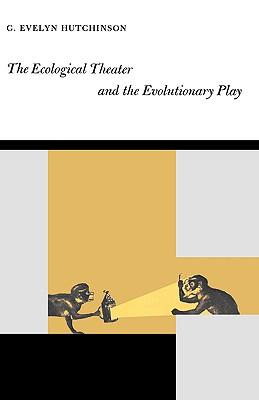In this delightful collection of essays, the author of The Enchanted Voyage and The Itinerant Ivory Tower turns his attention to the influence of environment on evolution. His discussion of the nature of the terrestrial environment we know leads to an account of possible ecological conditions on other bodies in the universe. Mr. Hutchinson also deals specifically with some influences on man's evolution, emphasizing the extremely recondite nature of these forces. One of the other pieces looks at the relationship of natural beauty to works of art, particularly in the context of comparisons between natural history museums and art galleries. The final essay, "The Cream in the Gooseberry Fool," is an entertaining account of an English country clergyman's work with the European magpie moth, which resulted in one of the most significant early discoveries in genetics. The treatment throughout requires no technical learning, though the most important and modern theoretical results are cited in the footnotes.

The Ecological Theater and the Evolutionary Play
In this delightful collection of essays, the author of The Enchanted Voyage and The Itinerant Ivory Tower turns his attention to the influence of environment on evolution. His discussion of the nature of the terrestrial environment we know leads to an account of possible ecological conditions on other bodies in the universe. Mr. Hutchinson also deals specifically with some influences on man's evolution, emphasizing the extremely recondite nature of these forces. One of the other pieces looks at the relationship of natural beauty to works of art, particularly in the context of comparisons between natural history museums and art galleries. The final essay, "The Cream in the Gooseberry Fool," is an entertaining account of an English country clergyman's work with the European magpie moth, which resulted in one of the most significant early discoveries in genetics. The treatment throughout requires no technical learning, though the most important and modern theoretical results are cited in the footnotes.